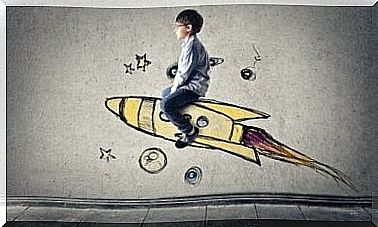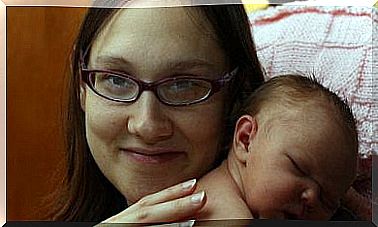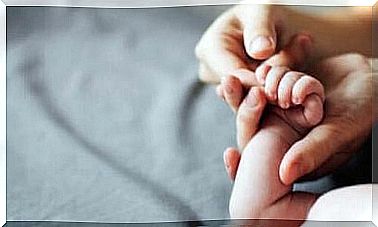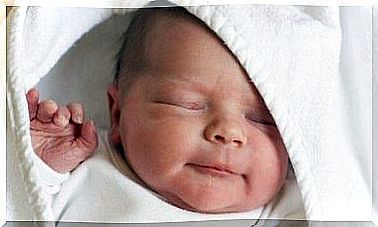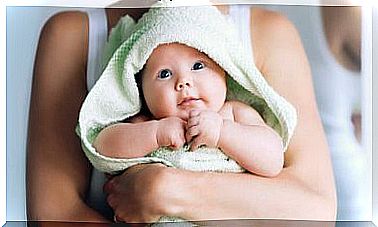Childhood Play In All Phases Of The Child
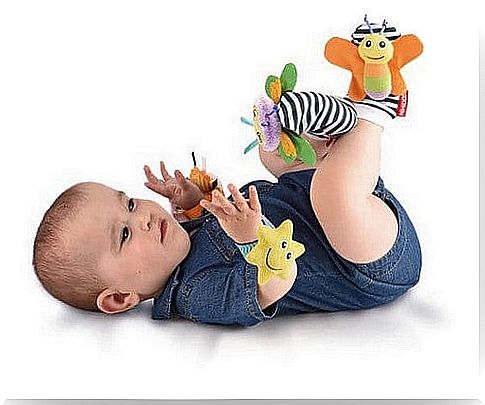
Childhood play is essential for development, and it develops with your child at all stages.
Your child needs different stimuli in the form of childhood play as he or she grows. They will change their play patterns as they evolve, learn new skills and gain new interests on their own.
Every activity that your child undertakes has to evolve over time. Babies start with small play abilities, but their play becomes even more sophisticated as they get older.
To understand the developmental stage that your child has reached, simply notice what and how they are playing. This is the best indicator of their maturity and the development of their personality.
The way your child plays comes to them spontaneously: it is one of the characteristics of their developmental stage. This is why you may see their interesting change over a relatively short period of time.
That being said, there is no specific age at which children start playing. Babies play from a very young age, but we do not always notice that they do.
Likewise, childhood play varies between babies and children depending on their personality.
That is, even among children of the same age, there may be differences in the way each child plays or with the toy they prefer.
There are patterns of childhood play in different phases, but how these manifest themselves will depend on each child and their unique personality.
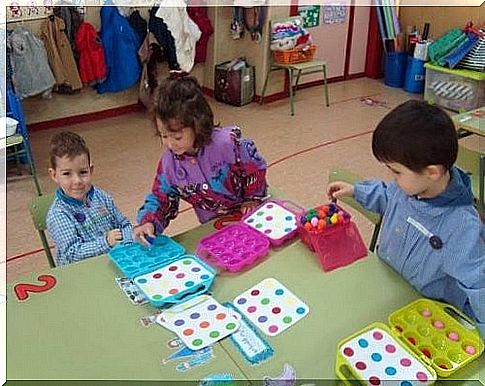
What does childhood play look like in each developmental stage?
To understand your child’s developmental stage, let them play as they please. It should be your child who chooses the game.
Once you have identified what kind of play they like, you can help them learn to use the appropriate tools in that phase.
Read on if you want to know more about the types of childhood games that are typical of each age group.
Motorikleg
This starts from the first few days of life up to about the two years. Motor play is focused on performing various movements.
This promotes the development of new skills and helps children control their own body. In this phase, children also get practice in controlling various objects.
Creativity and symbolism
This type of play shows up around two-and-a-half to the age of three. Although imagination is an element present in children’s play throughout childhood, it is at this stage that symbolic play begins to emerge.
Role-playing and performance functions are typically around the age of three. In this phase, the child sees unlimited potential in almost everything.
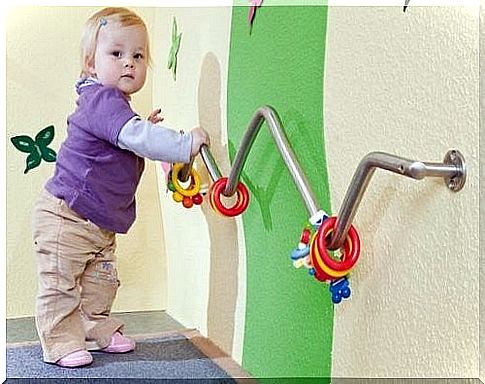
Construction
Construction play is a sign of a phase in the child’s life which is characterized by rapid development of skills. They show up around the age of five and remain a popular choice up to around the age of seven.
During this phase , children have a greater mental ability to build complex structures, which they happily play with for hours.
Norms and coexistence
By the age of seven, children have developed most of their physical and mental skills. But their social skills still lack improvement. Therefore, this phase of childhood play focuses on social interactions.
Children in this age group play according to rules, form groups with other children based on adult-like interactions, and they are able to initiate sports games or board games.
